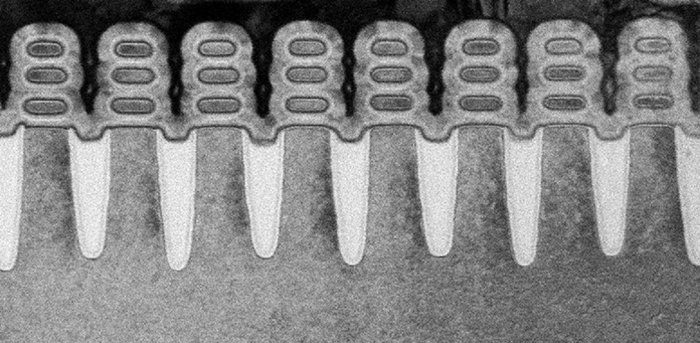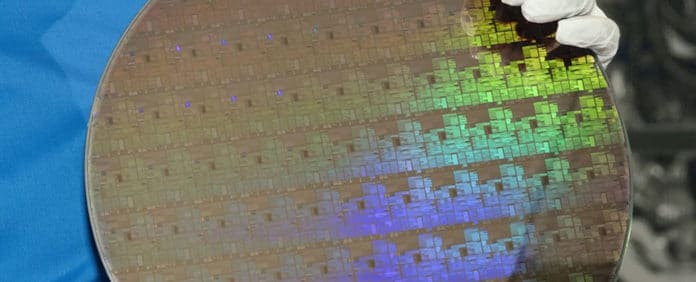IBM researchers recently unveiled a brand new way of manufacturing computer chips. It involves 30 million transistors packed into space the size of a fingernail.
IBM, in collaboration with Samsung and Global Foundries, came up with a new design for future computer chips. According to scientists, the chips will overcome some of the limitations of the current architecture called Fin Field Effect Transistor (FinFET).
Scientists actually reduced the size of the transistor gates on current chips from 10 nanometres to 5 nanometres (nm). The logic was to have more gates to get more power with more efficiency.

Dan Hutcheson, CEO of Semiconductor, said, “It’s a big development. If I can make the transistor smaller, I get more transistors in the same area, which means I get more compute power in the same area.”
These computer chips are 40 percent quicker than today’s chips. It will save 75 percent in power when running at the same speed as today’s chips.
Scientists noted, “Imagine a phone processor that’s as fast as the ones we have today, but only uses up a quarter of the same battery power in a day – that’s the kind of improvement we’re talking about.”
Generally, the FinFET architecture uses three current-carrying channels per transistor. But, here, researchers used a stacked silicon nanosheet design to create another channel effectively.
The number of channels means more current passing through the transistors. In other words, scientists turned the FinFET architecture sideways and stacked more transistors on top of each other.
The search for fast and efficient processors has been going on since Moore’s law summed up. Moore initially predicted that the number of transistors on a chip would double every year to keep powering faster and more efficient computers. Here, engineers used Moore’s law as an incentive, striving to keep Moore’s Law alive.
According to researchers, this new architecture could allow us to see big gains in computer chips for years to come. It also enables using existing processes and materials rather than promising alternatives like carbon nanotubes, so our current technology can keep up with our needs while next-generation options are explored.
With big jumps forward happening in artificial intelligence, data speeds, and many other areas, the race is on to process more data more quickly with less energy, and the new 5-nm chips should be a big help.
Hutcheson noted, “The world’s sitting on this stuff, artificial intelligence, self-driving cars. They’re all highly dependent on more efficient computing power.”
“That only comes from this type of technology. Without this, we stop.”
